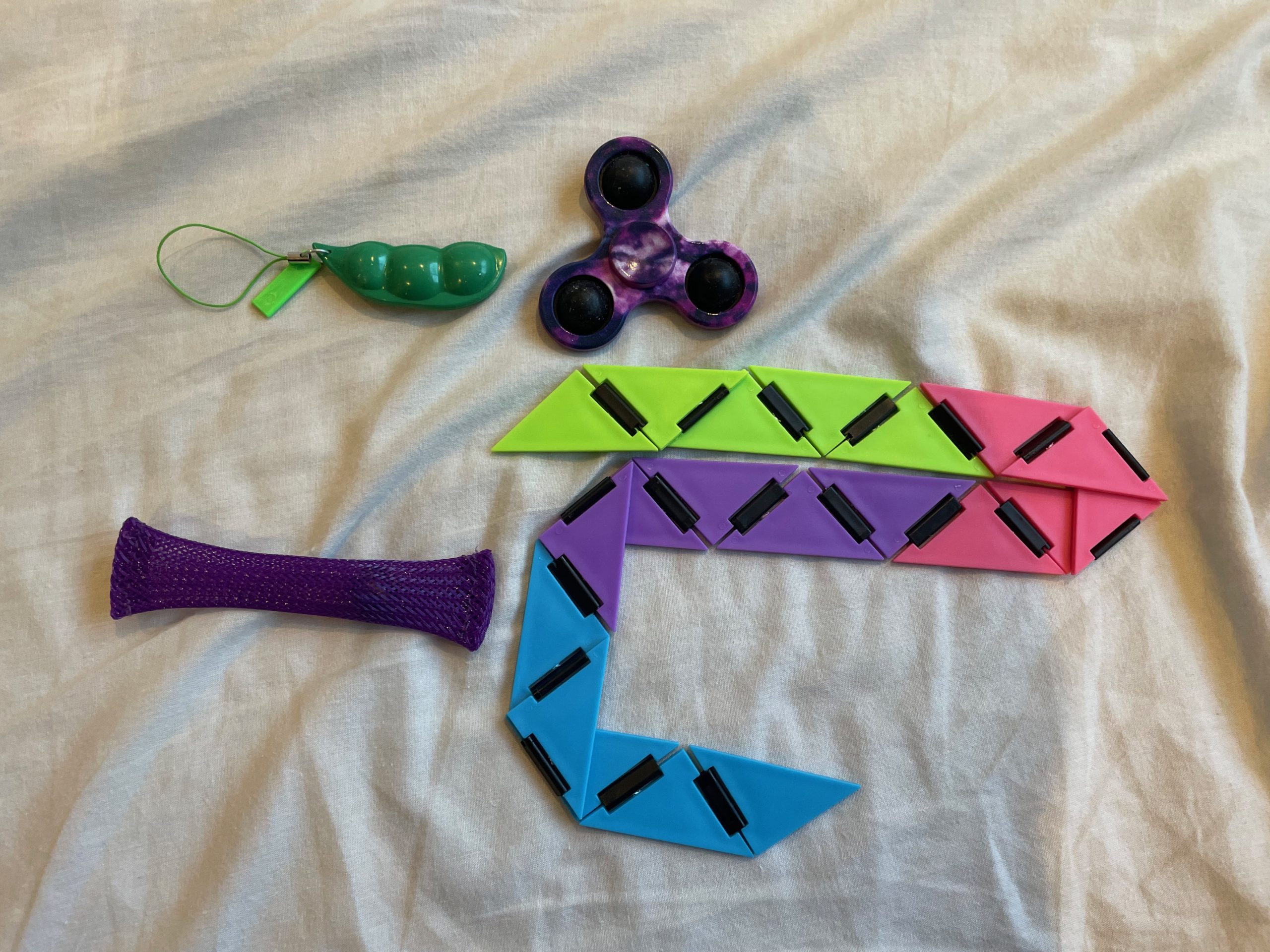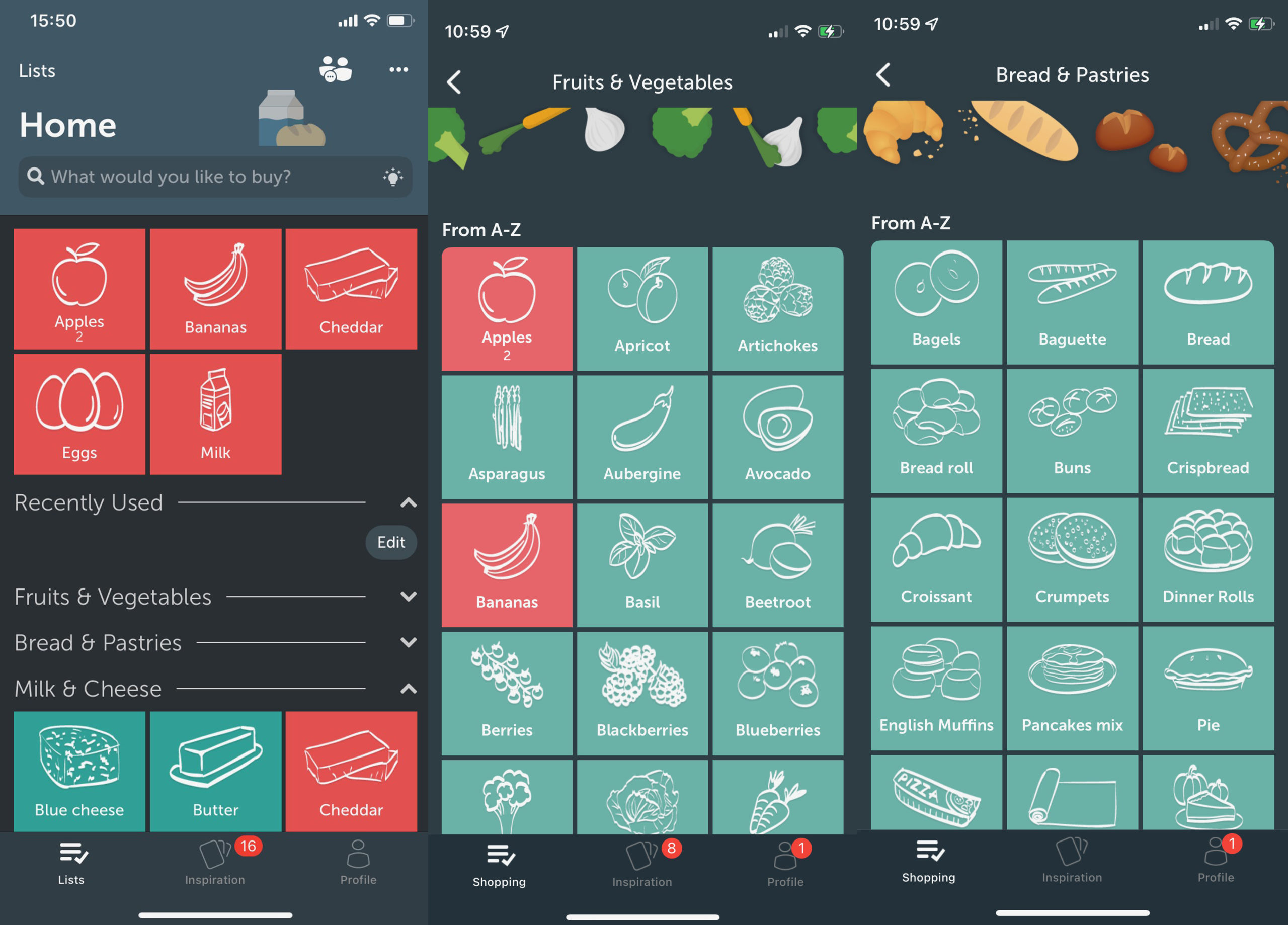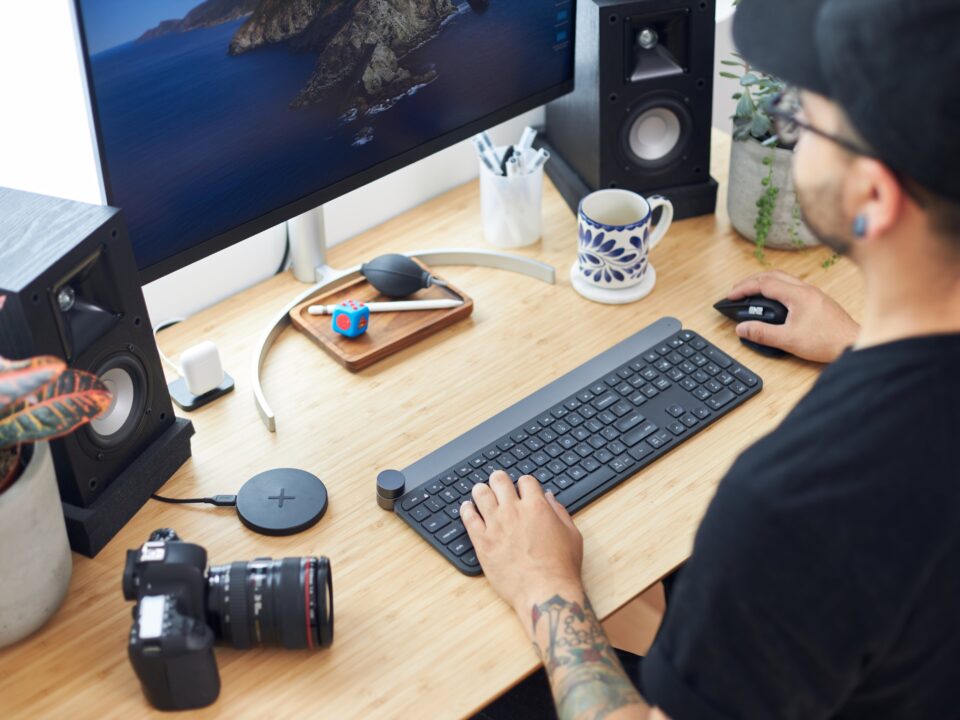Top 10 Autism Life Hacks for Living with Autism

Featured Image by April Slocombe
Blog post updated on 10th March 2022
It can be challenging to live with autism; however, there are some autism hacks which members of our team have tried themselves and should help make life easier for you. Check them out, try them out, and let us know what you think or if you have any other autism hacks!
1. Wear an Autism Alert badge:

Image by April Slocombe
This is an effective and easy way to tell others about your diagnosis. These can also be used to help others to understand situations and your feelings better, without having to explicitly mentioning them. For example, if you dislike being touched or want to ask people to be patient while you find the right words to say.
Badges can be purchased from Etsy Shops such as the following:
– Sootmegs:
2. Wear or carry an Autism Alert card:

Image by April Slocombe
These can be purchased from the NAS website or online shops like Etsy and Zazzle. If overwhelmed, these are similarly good ways of subtly informing people of your neurodivergence.
You can search for autism alert cards on Etsy.
Autism alert card in the above image.
3. Keep your badges and autism alert card on you:

Image by Robert Bogdan, Pexels.com
You can keep these in a purse or wallet to make sure you always have them with you. You can even attach them to a chain or a lanyard if you like. Special autism-themed lanyards can also be purchased from Etsy, or you can purchase a Sunflower Lanyard from the Hidden Disabilities Store.
4. Invest in noise-cancelling headphones:

Image by Andrea Piacquadio, Pexels.com
These should help block out unwanted noise more effectively in comparison to other headphones, helping you to cope in noisy places. If you are employed, you might be able to get these through the Access to Work scheme. You can find out by having a Work Place Needs Assessment.
5. Carry some fidget toys with you:

Image by April Slocombe
These may help you keep calm in stressful situations, or just make you feel more comfortable. If you forget them but have your phone on you, search online for digital versions of similar things.
All the fidget toys in this image are available from The Works. Search “fidget toys” on the website.
6. Take deep breaths:

Image by Kelvin Valerio, Pexels.com
If you find yourself feeling stressed in a crowded area, remove yourself from the scene if possible and take deep breaths. Alternatively, if you find crowded areas unbearable, you can avoid them altogether.
7. Find easier ways to tie your shoelaces or buy elastic laces that turn your trainers into slip-on shoes:
If you have trouble tying your shoelaces, which can be a common difficulty, an easier way to tie them is the “bunny ears” method. The technique is as follows:

1. Make a basic knot with both laces.
2. Make a “bunny ear” loop with one lace.

3. Make a “bunny ear” loop with the other lace.

All trainer images by April Slocombe
4. Tie a basic knot with both “bunny” ears and pull tightly.
Alternatively, you can purchase elastic laces that allow you to turn your trainers into slip-on shoes.
8. Use physical PECS cards or PECS cards apps or similar apps to communicate if you are non-verbal:

The above screenshots are from an app called Bring!, which is similar to PECS cards. Screenshots taken by April Slocombe.
PECS cards can be used to help non-verbal people tell others what you want to say. You can also make schedules using the cards. For example, you can put a card for having toast followed by going for a walk and watching TV.
An iOS app that is similar to physical PECS cards is ‘Proloquo2Go’, but one catch is that it costs £249.99 to download. A free alternative to this, despite it containing in-app purchases (for example, a monthly subscription of £5.99 per month) is ‘Visuals2Go’. In this, you can use the Sentence Bar to create a daily schedule. Physical PECS cards can also be printed from the app.
Another app to use that is similar to ‘Proloquo2Go’ and ‘Visuals2Go’ but is free to download is ‘Bring!’ – a visual shopping list app. It is useful for people with autism to use whether they are verbal or non-verbal.
Also, if you are non-verbal but you can type, you can use an iPhone and iPad app called ‘Make It Big’ that allows you to type large white text on a black background as a method of communication.
9. Focus on a part of the face other than the eyes:

Image by Leah Kelley, Pexels.com
If you have trouble making eye contact with someone when you talk to them or they talk to you, focus on another part of their face such as their forehead.
10. Use tablet and smartphone hacks:

Image by Pixabay, Pexels.com
Finally, if you have an iPad or iPhone, there are settings you can enable to help make it easier to use. You can enable dictation by tapping the microphone key on the keyboard and speaking into the phone what you want to have typed in the Notes app. You can also highlight text and tap the speak option, for it to be read aloud.
There are also a lot of accessibility functions to choose from, such as larger text and bold text. To activate them, go to ‘Settings’ > ‘Accessibility’ and choose the accessibility options you want.
If you have the tendency to forget things, you can also use the ‘Reminders’ app to remind you to carry out tasks like taking the rubbish out.
Take our online autism spectrum test to find out if you have any neurodivergent traits.
Other helpful sources with autism hacks include:
- 5 AUTISM life HACKS you NEED!
- Asperger Syndrome: 5 hacks you Need
- Autistic people and iPads | 5 Hacks you need:
- 7 AUTISM Apps (YOU Need!)
Note: Some of the hacks mentioned in this blog post are also mentioned in the above videos.




